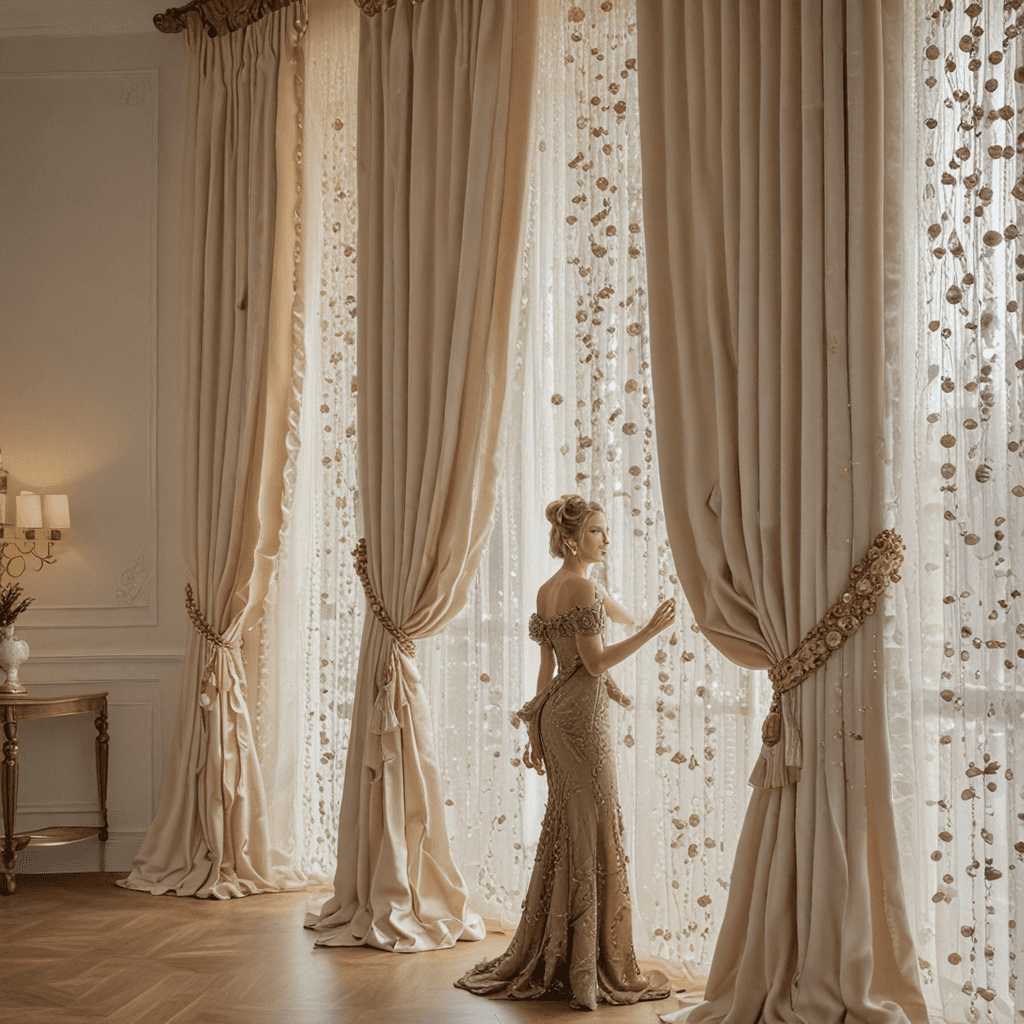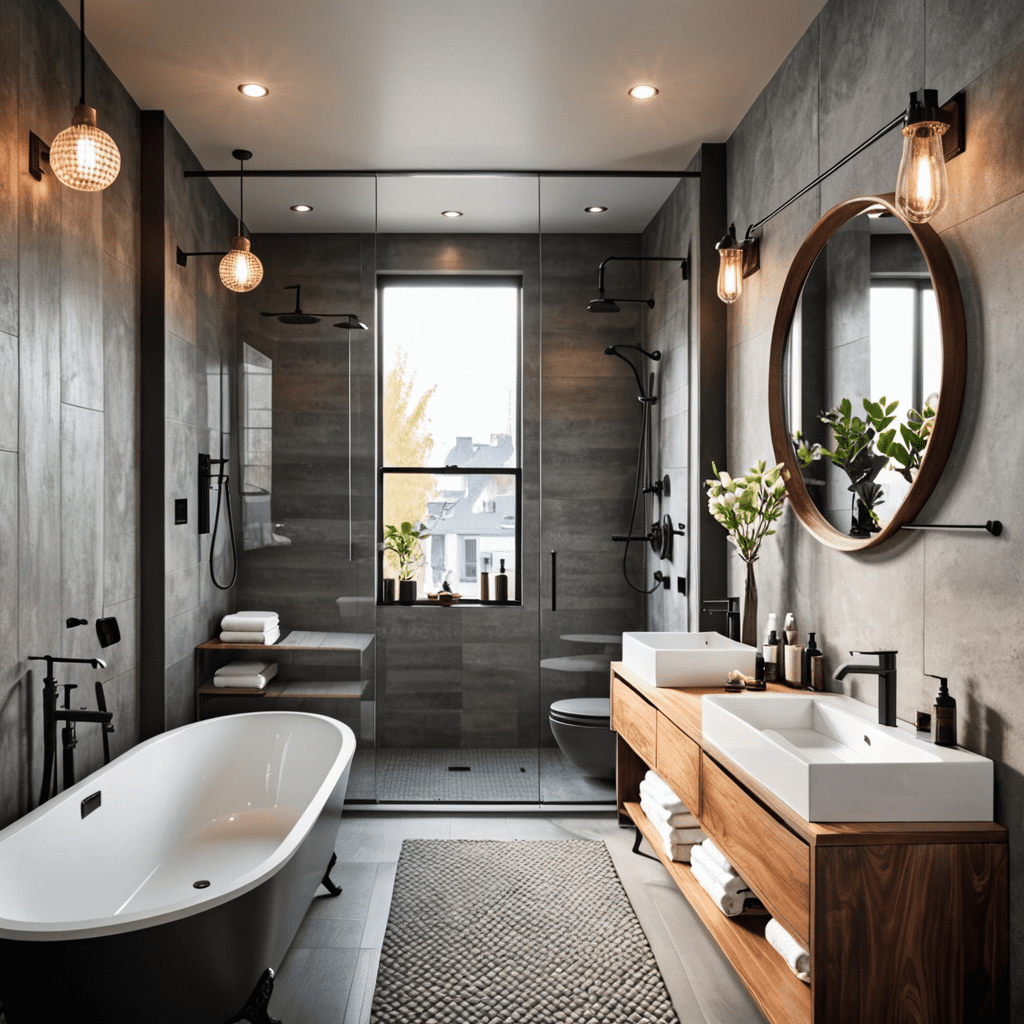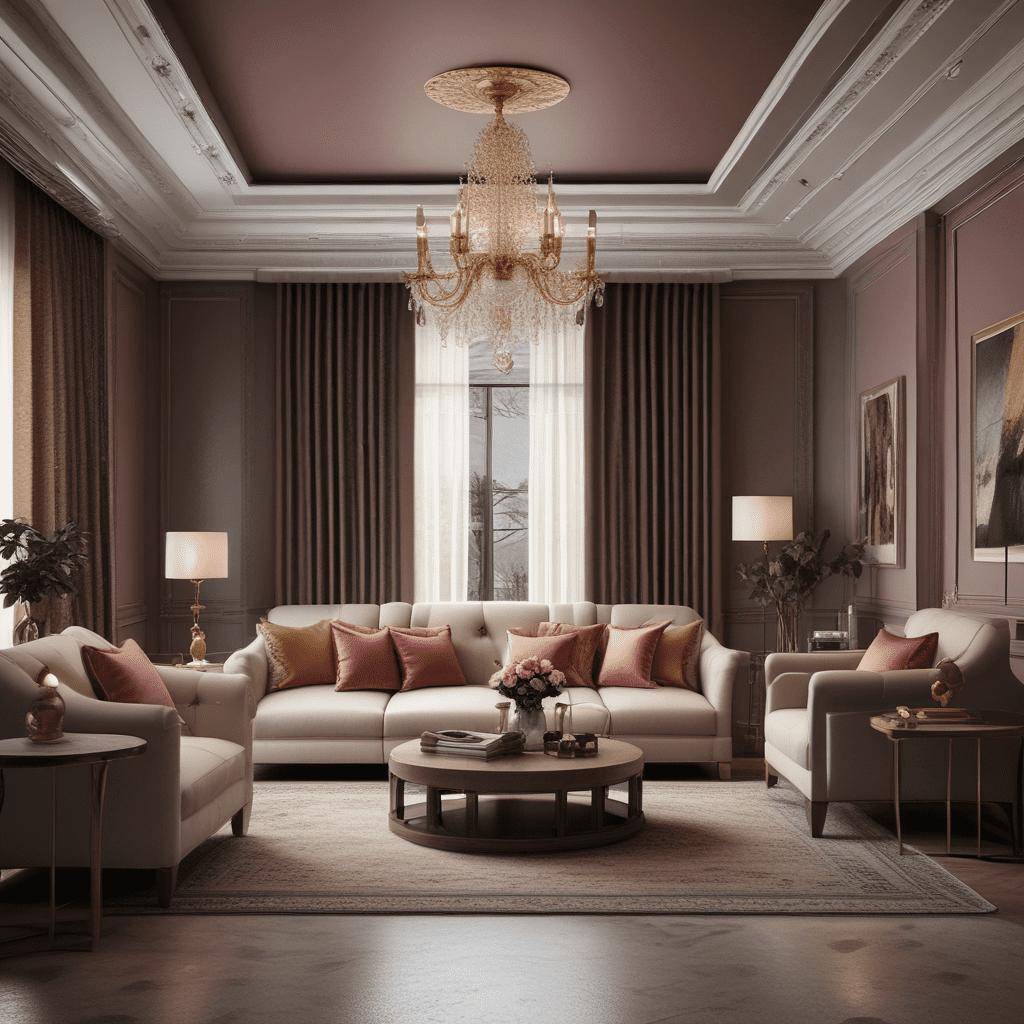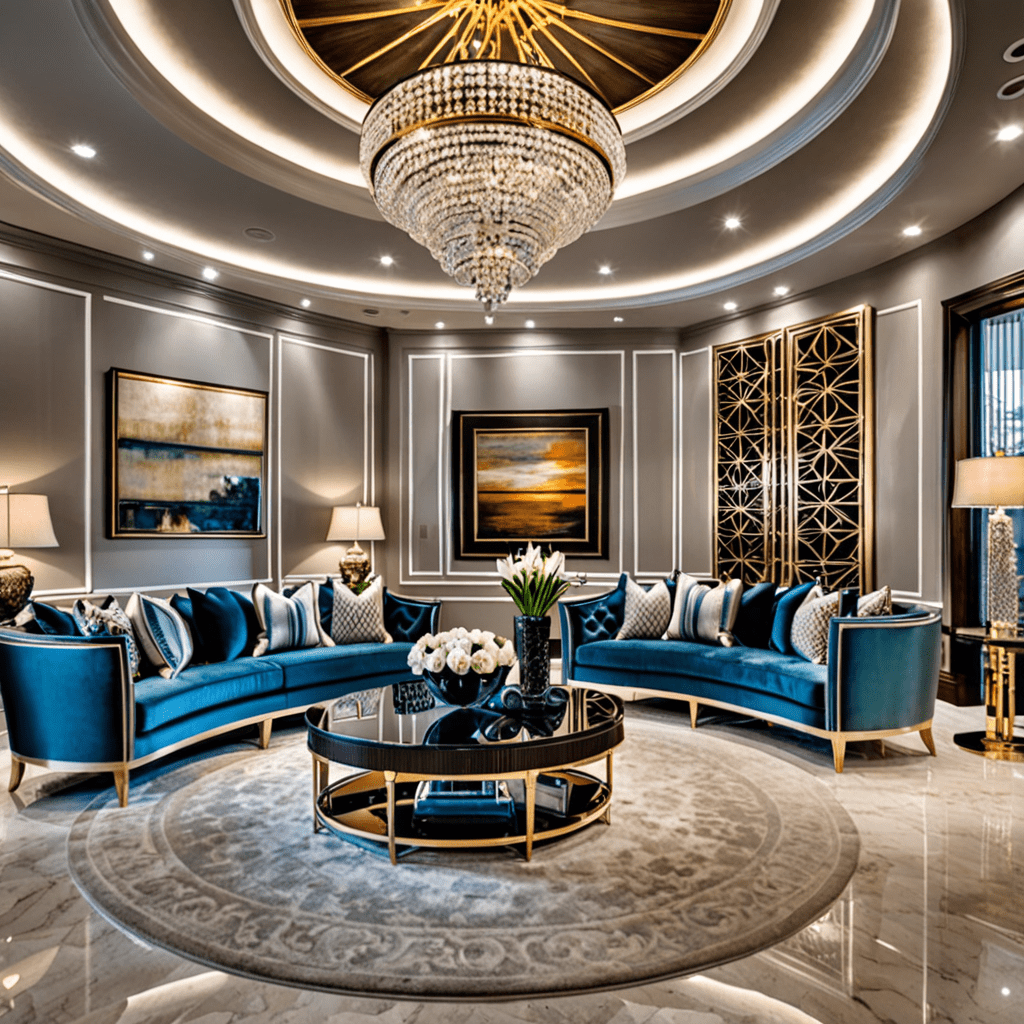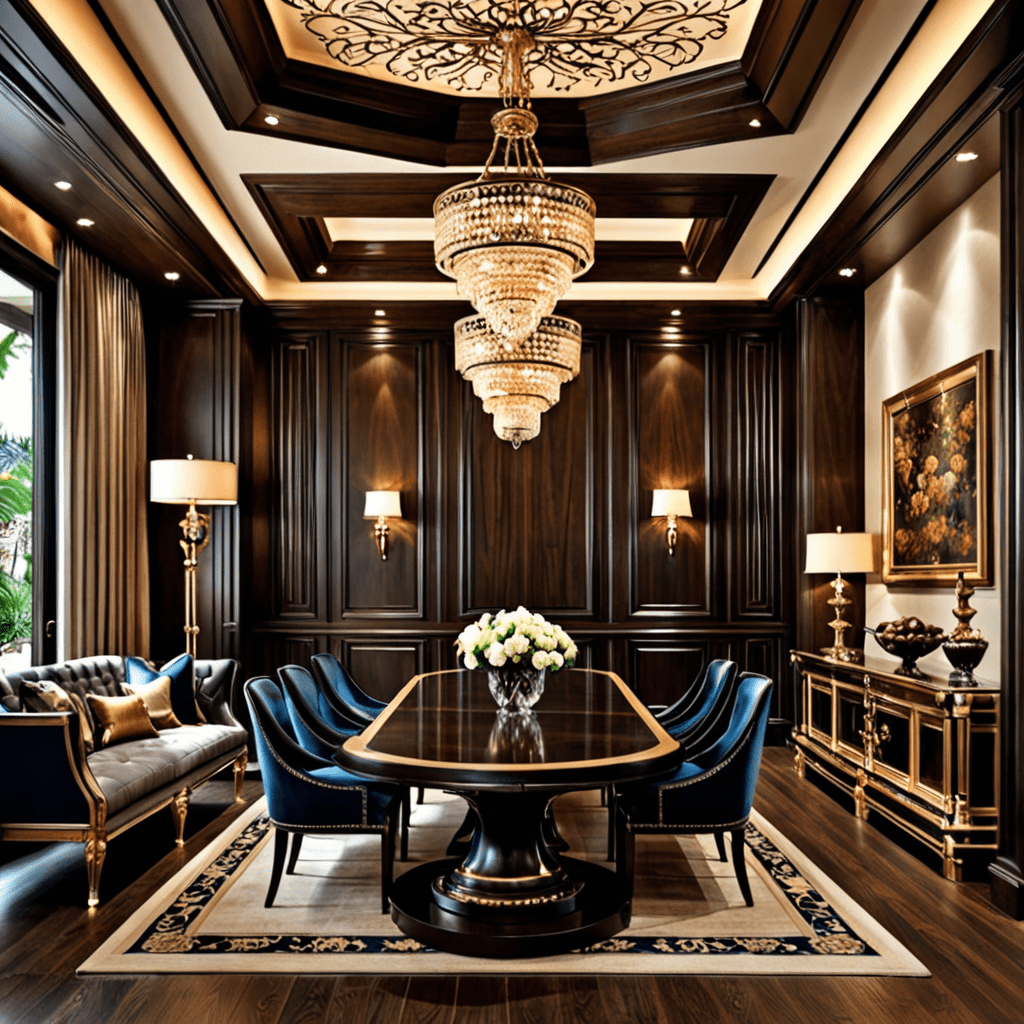Creating Harmony: The Impact of Horizontal Lines in Interior Design


Creating Harmony: The Impact of Horizontal Lines in Interior Design
Introduction
When it comes to interior design, every element plays a crucial role in creating a harmonious and visually pleasing space. One such element that often goes unnoticed but has a significant impact is the use of horizontal lines. From furniture and architectural features to patterns and artwork, horizontal lines can transform the entire ambiance of a room. In this article, we will explore the implications and benefits of incorporating horizontal lines into your interior design.
1. Horizontal Lines: Definition and Characteristics
To fully understand the power of horizontal lines in design, it’s essential to grasp their definition and characteristics. Horizontal lines, as the name suggests, are lines that are parallel to the horizon or ground. They are often associated with a sense of stability, calmness, and tranquility. Unlike vertical or diagonal lines that convey movement and energy, horizontal lines provide a grounded and balanced feeling.
2. Creating a Sense of Space
One of the primary advantages of using horizontal lines in interior design is their ability to create a visual illusion of space. By incorporating horizontal elements, especially in small or narrow rooms, you can make them appear wider and more expansive. For example, adding a horizontal striped wallpaper or opting for furniture with horizontal lines can make a room feel larger and more open.
3. Establishing Balance and Stability
Another significant benefit of horizontal lines is their ability to establish balance and stability within a space. The horizontal orientation inherently creates a sense of equilibrium and helps to anchor the design. This is particularly useful when working with high ceilings or tall furniture pieces, as horizontal lines can counterbalance the verticality, resulting in a visually harmonious composition.
4. Enhancing Relaxation and Serenity
Horizontal lines are highly effective in creating a calming and serene environment. The horizontal orientation mimics the horizon, evoking a sense of tranquility and relaxation. Incorporating horizontal lines in areas dedicated to rest and relaxation, such as bedrooms and living rooms, can greatly enhance the overall soothing atmosphere.
5. Emphasizing Linear Architectural Features
In architectural design, spaces often feature unique linear elements, such as beams, molding, or windows. By utilizing horizontal lines in the interior design, these features can be emphasized and brought to the forefront. Horizontal elements can draw attention to the architectural details, making them a visual focal point and adding depth and character to the space.
6. Incorporating Horizontal Patterns and Artwork
Patterns and artwork play a vital role in interior design, and when used strategically, they can significantly impact the overall aesthetic. Horizontal patterns, such as stripes or chevron, can add a sense of movement and vitality, breaking up monotonous surfaces and injecting visual interest. Additionally, horizontal artwork pieces can provide a sense of balance and cohesion when placed correctly within a room.
7. Frequently Asked Questions (FAQ)
Q: Can horizontal lines be used in any style of interior design?
A: Absolutely! Horizontal lines can be incorporated into various interior design styles, including modern, traditional, minimalist, and even eclectic. The key is to use them in a way that complements the overall aesthetic and achieves the desired effect.
Q: Are there any limitations to using horizontal lines?
A: While horizontal lines can enhance and elevate a design, it’s important to strike a balance and avoid overwhelming the space. Overuse of horizontal lines can make a room appear too busy or confined. It’s essential to consider the size and proportions of the space and use horizontal lines accordingly.
Q: How can I incorporate horizontal lines if my space has predominantly vertical features?
A: If your space primarily features vertical elements, such as tall windows or columns, you can introduce horizontal lines by using furniture, rugs, or accessories. These horizontal elements will create a visual contrast and add a sense of balance to the space.
Q: Can horizontal lines be used to make a narrow hallway appear wider?
A: Yes, horizontal lines are an excellent tool to visually expand a narrow hallway. Consider using wallpaper with horizontal stripes or incorporating artwork or mirrors with horizontal orientations. These design choices will create an illusion of width and make your hallway feel more spacious.
Q: What are some examples of furniture with horizontal lines?
A: Furniture with horizontal lines can come in various forms, such as dressers, sideboards, or shelves. Additionally, items like sofas or bed frames with horizontal tufting or patterns can also contribute to the overall aesthetic of horizontal lines in interior design.
Q: Are horizontal lines suitable for small rooms?
A: Yes, horizontal lines can be particularly beneficial in small rooms. By incorporating furniture, mirrors, or other elements with horizontal lines, you can create an illusion of spaciousness and make the room feel larger and more open.
Q: What colors work best with horizontal lines?
A: When it comes to color choices, there is no one-size-fits-all answer. The choice of colors will largely depend on the overall design scheme and concept. However, neutral or earthy tones often work well with horizontal lines, as they enhance the sense of calmness and balance.
Conclusion
Horizontal lines play a vital role in interior design, contributing to the overall atmosphere, balance, and aesthetic appeal of a space. Whether you desire to create a sense of space, establish stability, or enhance relaxation, incorporating horizontal lines can transform your interior design into a harmonious and visually pleasing environment. By understanding the power and implications of horizontal lines, you can elevate your design choices and achieve an atmosphere that nurtures both tranquility and beauty.
